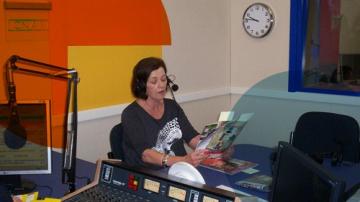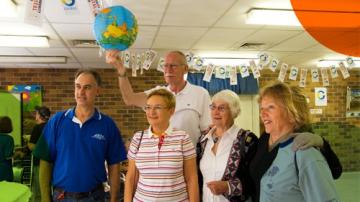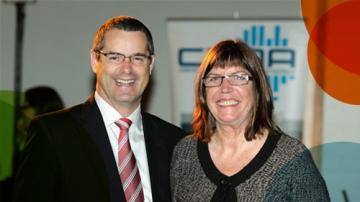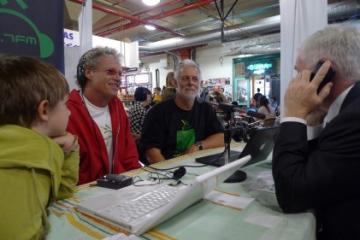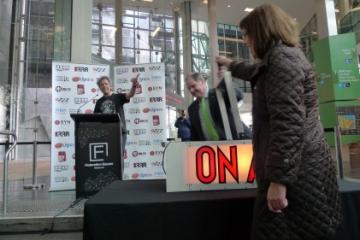Abstract
The internet provides a means for non-professional media-makers to produce and publish their own video and audio content, as community television and radio have done for several decades. While the web seems to exemplify the principles of media access and diversity championed by the community media sector, it also raises challenges for broadcast community media participants and their online equivalents, not least being the co-opting of the term ‘community media’ by large commercial interests. A symposium held in Melbourne by Open Spectrum Australia (‘Quality/Control’, State Library of Victoria, Oct 2008) brought together people with a wide range of community media experience to discuss this and other issues, particularly the possibilities for greater cooperation between broadcast and online community media participants.
This paper draws on participant contributions at the symposium to explore the relationship between broadcast and online community media. Despite shared values, we identify different, and possibly incompatible, cultures within the two groups. We argue that this disjoint stems from two different systems of control or validation (licensing and networks), as well as producer-centered accounts of community media that are out of sync with the contemporary media environment. Instead, we propose that theory and practice begin to address issues of consumption in relation to community media, including identification, navigation and the notion of ethical choice.
